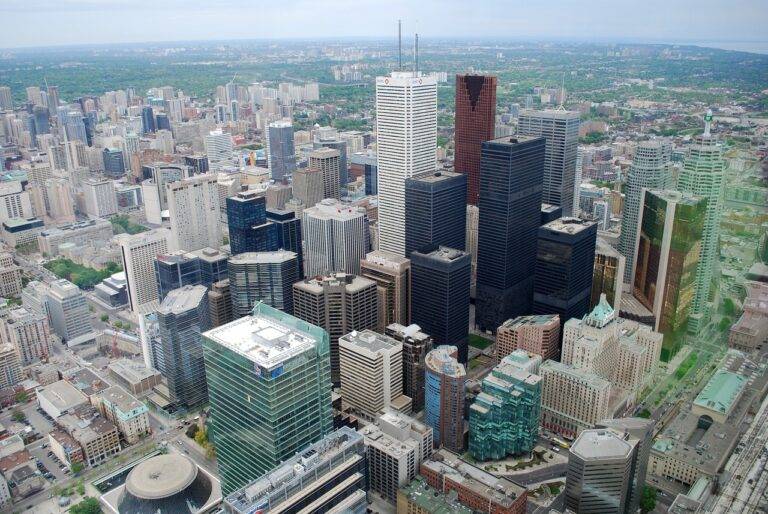The Integration of Green Spaces in Urban Planning
all panel mahadev book, lotus bhai 365 login, allpaanel: Urban planning plays a crucial role in shaping the way cities evolve and function. As urban populations continue to grow, the integration of green spaces has become a pressing issue in ensuring the sustainability and livability of our urban environments. Green spaces, such as parks, gardens, and urban forests, offer numerous benefits to residents, including improved air quality, enhanced biodiversity, and opportunities for recreation and relaxation.
The incorporation of green spaces into urban planning is essential for creating healthier, more resilient cities. By strategically placing parks and green corridors throughout urban areas, planners can help mitigate the negative impacts of urbanization, such as air and noise pollution, heat islands, and loss of biodiversity. Green spaces also provide vital ecosystem services, such as carbon sequestration, water filtration, and habitat preservation, which are essential for maintaining the health and well-being of urban residents.
In recent years, there has been a growing recognition of the importance of integrating green spaces into urban planning practices. Cities around the world are adopting green infrastructure strategies to enhance the sustainability and resilience of their built environments. From green roofs and walls to urban forests and greenways, there are a variety of innovative approaches that planners can use to incorporate green spaces into urban landscapes.
One of the key principles of integrating green spaces into urban planning is the concept of multifunctionality. Green spaces should not only serve as recreational areas but also provide a range of ecosystem services and social benefits. For example, a green corridor along a riverbank can help reduce flood risk, improve water quality, and provide habitat for wildlife, in addition to offering opportunities for walking, cycling, and picnicking.
Another important consideration in the integration of green spaces in urban planning is the need for community engagement and participation. Residents should have a say in the design and management of green spaces in their neighborhoods, ensuring that they meet the needs and preferences of local people. By involving the community in the planning process, cities can create green spaces that are well-used, well-loved, and well-maintained.
Incorporating green spaces into urban planning also requires a holistic approach that considers the larger ecological context of the city. Planners must take into account factors such as biodiversity, soil quality, water resources, and climate change when designing green infrastructure projects. By integrating green spaces into the larger urban ecosystem, cities can create more resilient and sustainable environments that benefit both people and nature.
In conclusion, the integration of green spaces into urban planning is essential for creating healthier, more sustainable cities. By strategically placing parks, gardens, and other green infrastructure throughout urban areas, planners can help mitigate the negative impacts of urbanization and enhance the quality of life for residents. With a holistic approach that considers ecological, social, and economic factors, cities can create vibrant, green urban spaces that benefit people and the planet.
FAQs
1. Why are green spaces important in urban planning?
Green spaces provide numerous benefits to urban residents, including improved air quality, enhanced biodiversity, opportunities for recreation and relaxation, and mitigation of the negative impacts of urbanization.
2. How can communities be involved in the planning of green spaces?
Communities can be involved in the planning of green spaces through participatory design processes, stakeholder engagement, and community consultations to ensure that green spaces meet the needs and preferences of local people.
3. What are some examples of green infrastructure in urban planning?
Examples of green infrastructure in urban planning include green roofs, green walls, urban forests, green corridors, and greenways that provide a range of ecosystem services and social benefits to residents.
4. How can cities ensure the sustainability of green spaces?
Cities can ensure the sustainability of green spaces by using native plant species, practicing sustainable maintenance techniques, implementing water-efficient landscaping, and monitoring the health and performance of green infrastructure over time.







